I've been reading up on how NEAT (Neuro Evolution of Augmenting Topologies) works and i've got the main idea of it, but one thing that's been bothering me is how you split the different networks into species. I've gone through the algorithm but it doesn't make a lot of sense to me and the paper i read doesn't explain it very well either so if someone could give a explanation of what each component is and what it's doing then that would be great thanks.
The 2 equations are:

